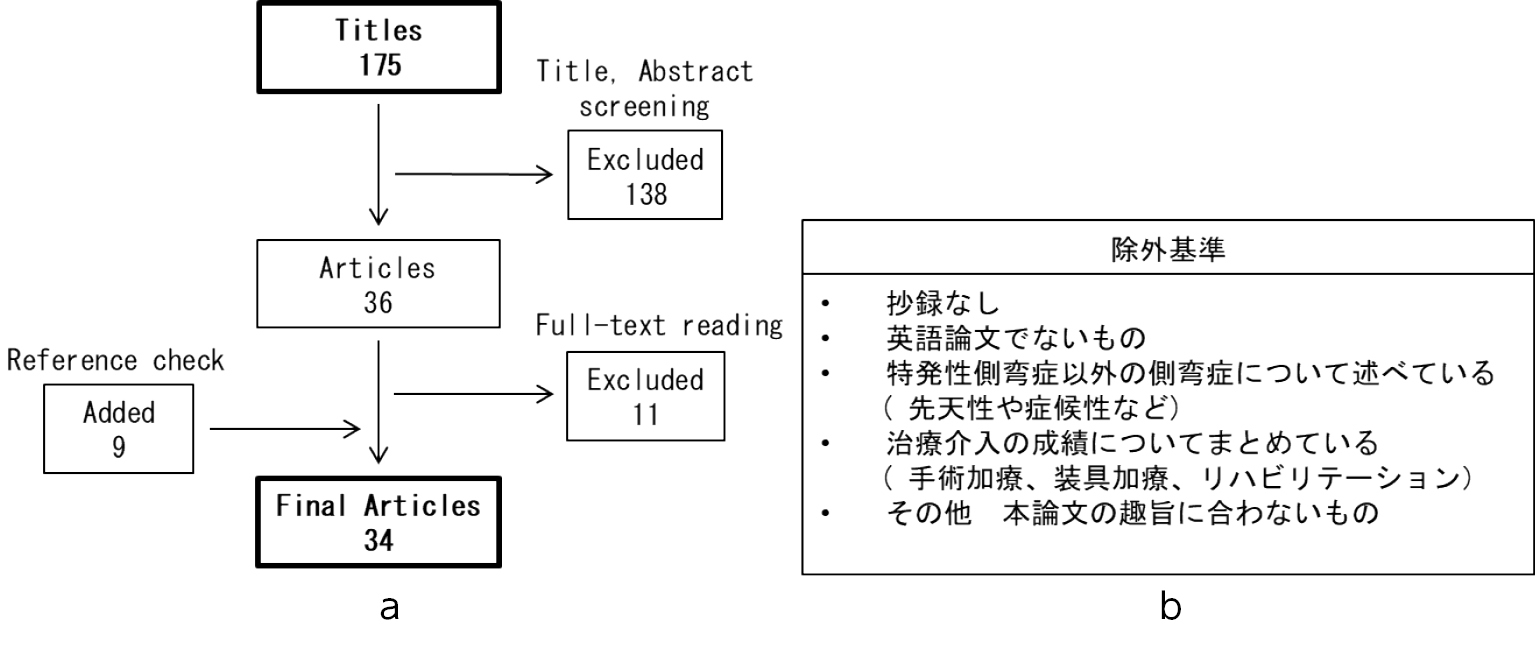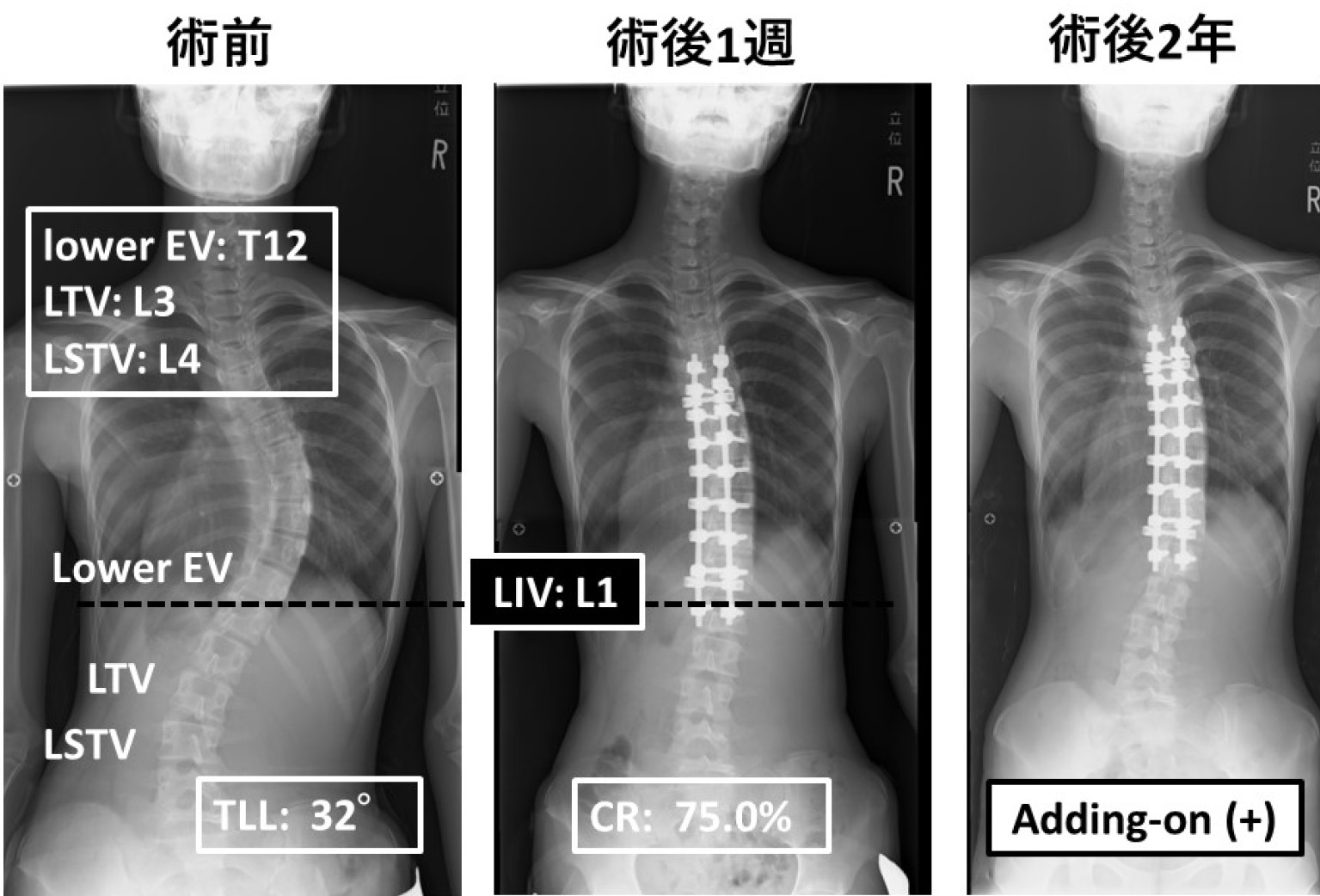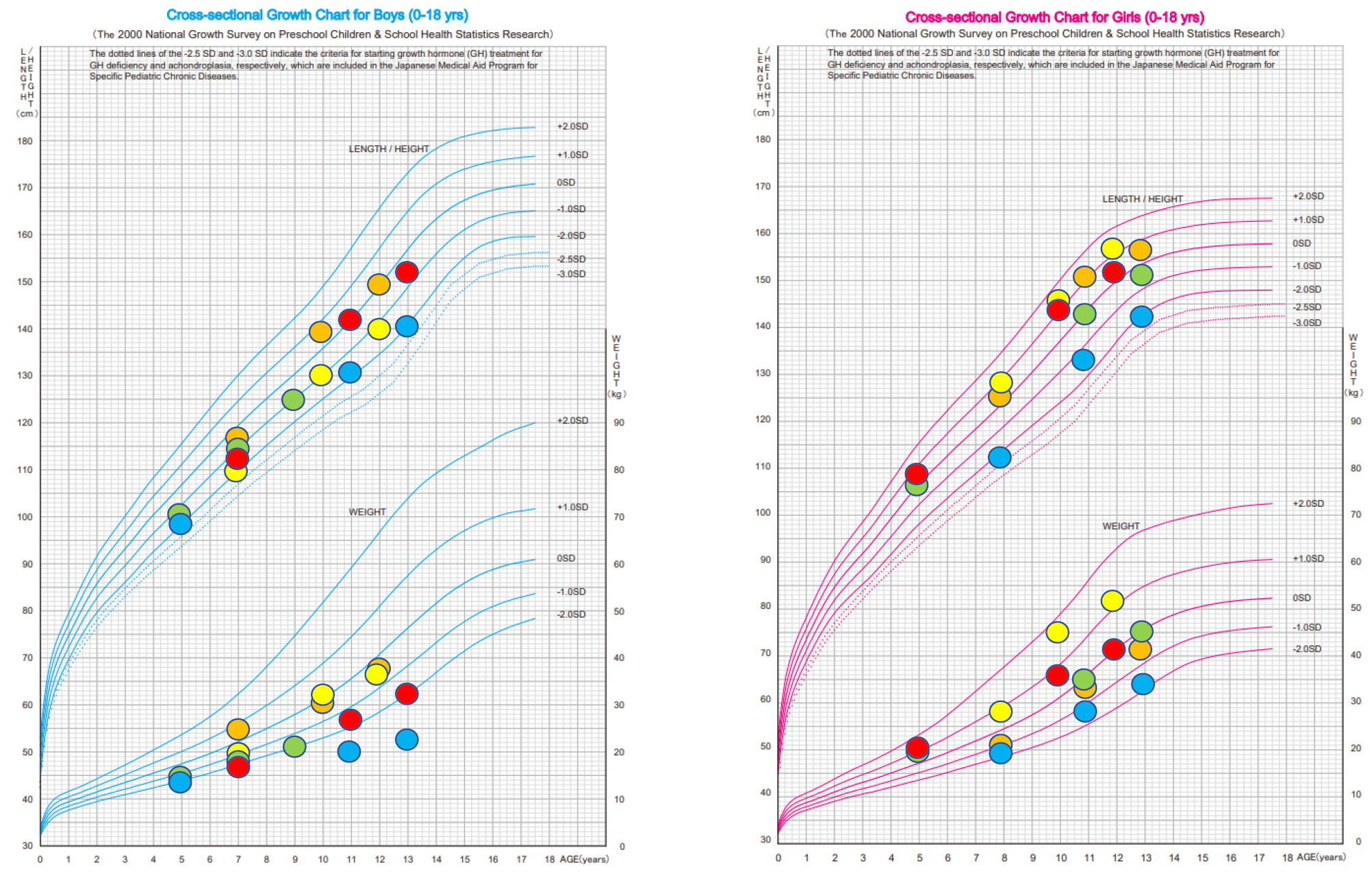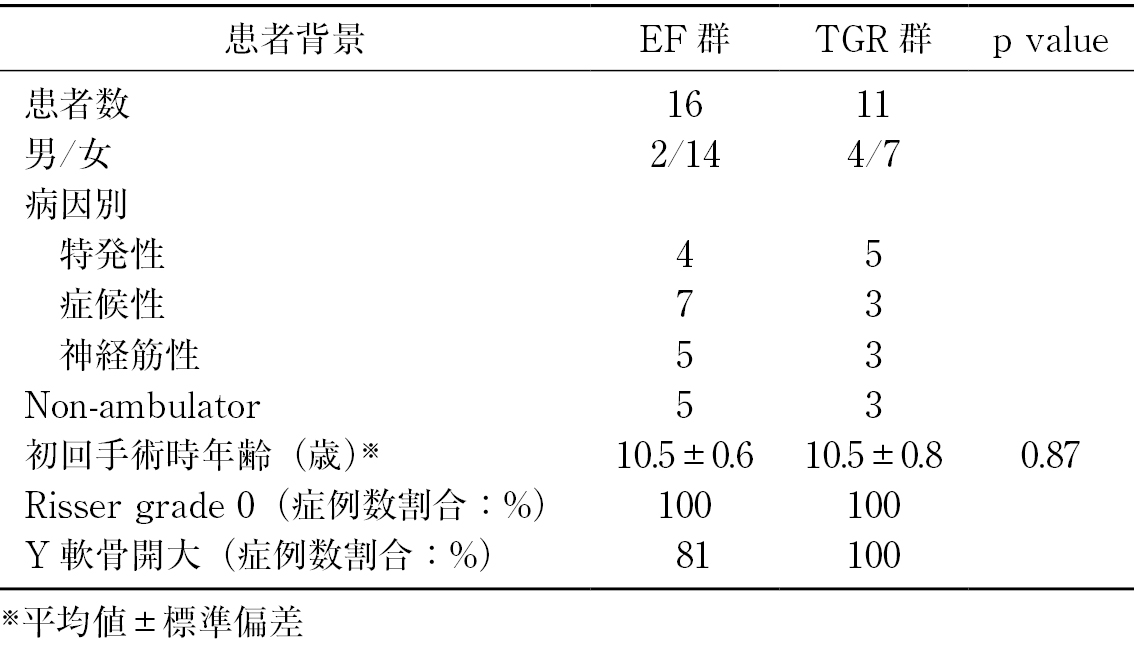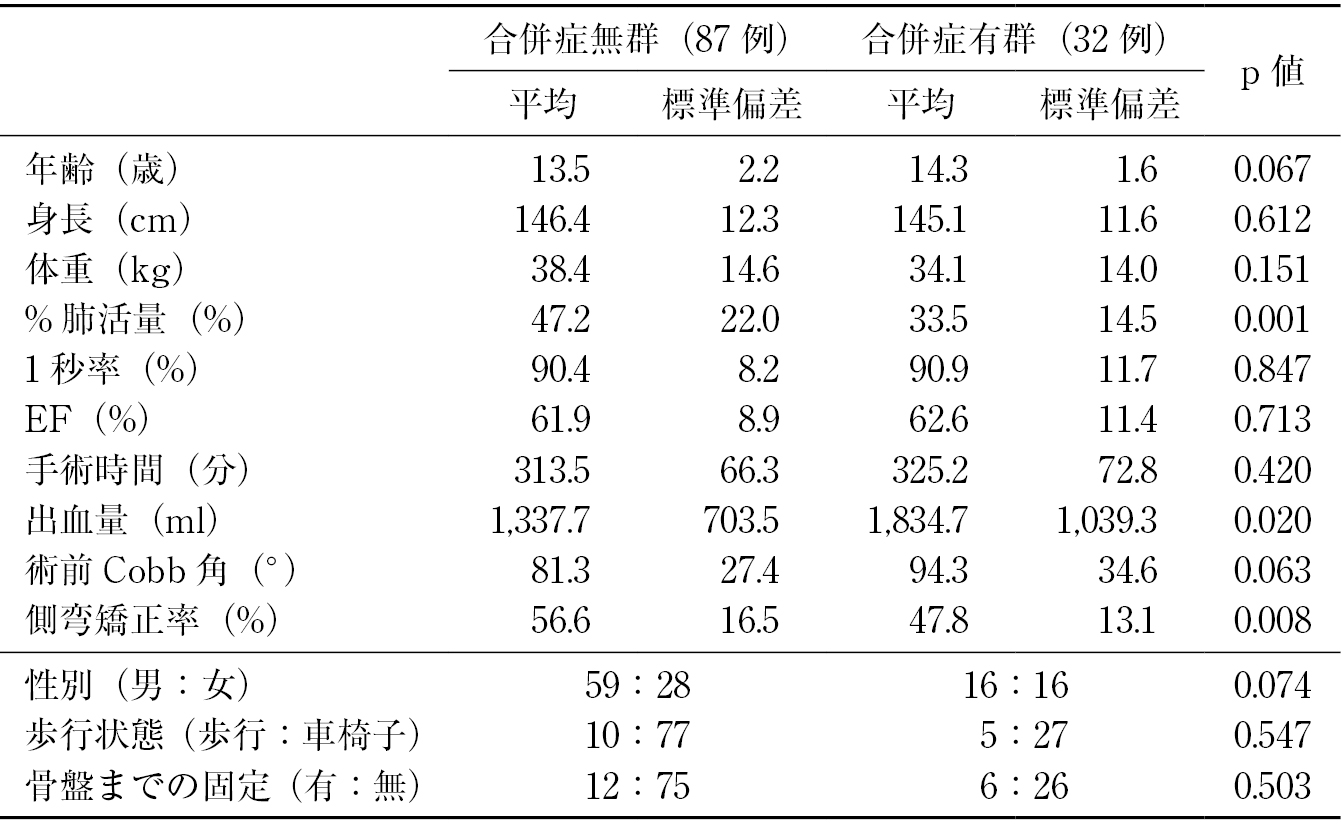Volume 12, Issue 11
Displaying 1-12 of 12 articles from this issue
- |<
- <
- 1
- >
- >|
Editorial
-
2021 Volume 12 Issue 11 Pages 1277
Published: November 20, 2021
Released on J-STAGE: November 20, 2021
Download PDF (260K)
Review Article
-
2021 Volume 12 Issue 11 Pages 1278-1286
Published: November 20, 2021
Released on J-STAGE: November 20, 2021
Download PDF (1145K)
Original Article
-
2021 Volume 12 Issue 11 Pages 1287-1293
Published: November 20, 2021
Released on J-STAGE: November 20, 2021
Download PDF (1564K) -
2021 Volume 12 Issue 11 Pages 1294-1299
Published: November 20, 2021
Released on J-STAGE: November 20, 2021
Download PDF (821K) -
2021 Volume 12 Issue 11 Pages 1300-1305
Published: November 20, 2021
Released on J-STAGE: November 20, 2021
Download PDF (965K) -
2021 Volume 12 Issue 11 Pages 1306-1310
Published: November 20, 2021
Released on J-STAGE: November 20, 2021
Download PDF (730K) -
2021 Volume 12 Issue 11 Pages 1311-1318
Published: November 20, 2021
Released on J-STAGE: November 20, 2021
Download PDF (1559K) -
2021 Volume 12 Issue 11 Pages 1319-1325
Published: November 20, 2021
Released on J-STAGE: November 20, 2021
Download PDF (1334K) -
2021 Volume 12 Issue 11 Pages 1326-1331
Published: November 20, 2021
Released on J-STAGE: November 20, 2021
Download PDF (1208K) -
2021 Volume 12 Issue 11 Pages 1332-1337
Published: November 20, 2021
Released on J-STAGE: November 20, 2021
Download PDF (851K) -
2021 Volume 12 Issue 11 Pages 1338-1342
Published: November 20, 2021
Released on J-STAGE: November 20, 2021
Download PDF (1194K) -
2021 Volume 12 Issue 11 Pages 1343-1348
Published: November 20, 2021
Released on J-STAGE: November 20, 2021
Download PDF (983K)
- |<
- <
- 1
- >
- >|

